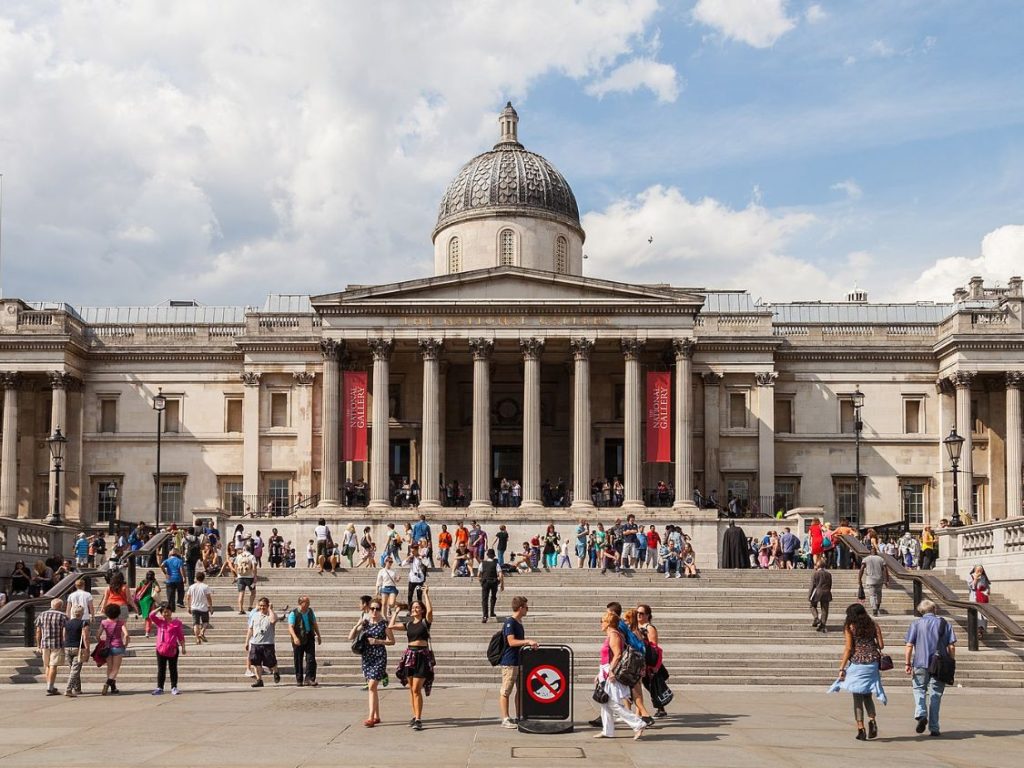
Growing up with a mother who worked as a guide at The Art Gallery of NSW, I was brought up endlessly being dragged from one exhibition to another and from one small rural gallery to the next major city’s museum. As an adult, I am enormously grateful for these adventures – getting lost in a museum of colour, history, texture and curiosity.
In our busy, screen-filled world, it’s easy to forget the quiet magic that happens when a child stands in front of a painting, a sculpture, or a photograph and simply wonders. Art galleries are often seen as adult spaces, but they’re incredible environments for children to learn, imagine, and grow. Visiting an art gallery can be a rich, inspiring experience that stays with them for years to come.
So, why is it beneficial for children to go to art galleries?
- Inspiring Creativity and Imagination
Art galleries are treasure troves of creativity. When children see a variety of colours, textures, and ideas, they learn that imagination has no limits. A painting might spark a story in their mind, or a sculpture might inspire them to create something of their own. Exposure to art encourages them to think differently, to take risks, and to express themselves freely. - Building Critical Thinking and Observation Skills
Looking at art isn’t just about seeing – it’s about noticing. Children learn to observe details, patterns, and emotions in what they see. When they discuss what a piece of art might mean, they’re practicing critical thinking and interpretation. This helps them develop problem-solving skills that apply far beyond the gallery walls. - Fostering Emotional Intelligence
Art often communicates feelings that can’t be put into words. When children explore how a piece of art makes them feel, they become more aware of their own emotions and those of others. Talking about art helps them practice empathy and understand that everyone sees and feels things differently – and that’s okay. - Encouraging Cultural Awareness
Every artwork tells a story: of a time, a place, or a person. By exploring galleries, children encounter different cultures, histories, and traditions. This broadens their worldview and nurtures respect for diversity. They begin to see how creativity connects people across generations and around the globe. - Expanding Vocabulary and Communication Skills
Discussing art helps children put their thoughts into words. Whether describing colours, emotions, or ideas, they build language skills and confidence in self-expression. These conversations also teach them to listen, share opinions, and respect others’ viewpoints. - Connecting Art with Other Learning
Art doesn’t exist in isolation – it connects with so many other subjects! A gallery visit can bring history to life, introduce mathematical patterns, or complement a story they’ve read. Art helps children make connections between what they learn in school and the world around them.
Visiting an Art Gallery in London
Many of the galleries in London have free exhibitions – here are some top ones to visit:
- The National Gallery – there is a dedicated “Roden Centre for Creative Learning” with free drop-in family activities at weekends and during school holidays.
- The Tate Modern – the building itself (former power station) and the huge Turbine Hall make for exciting, open spaces for children to explore and engage.
- The V&A – the museum covers a wide variety of materials (textiles, jewellery, design, sculpture), offering lots of ways for children to engage with art and objects in different ways.
- Guildhall Art Gallery: They run regular family-friendly events (for example “Second Saturday” monthly family activities) with crafts, storytelling, dress-ups and building bricks for ages ~3-13.